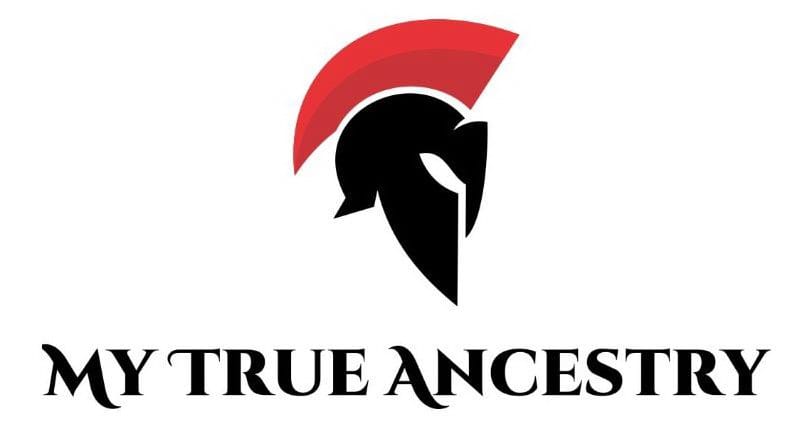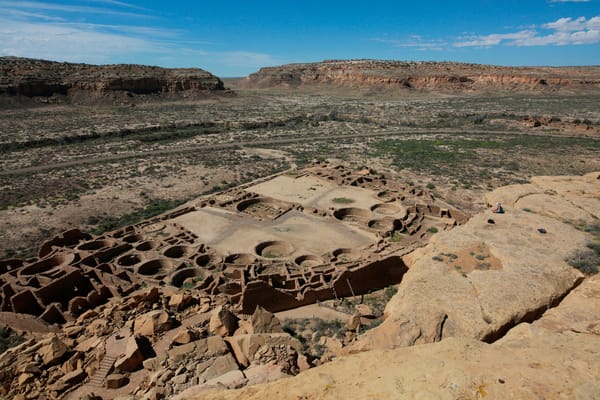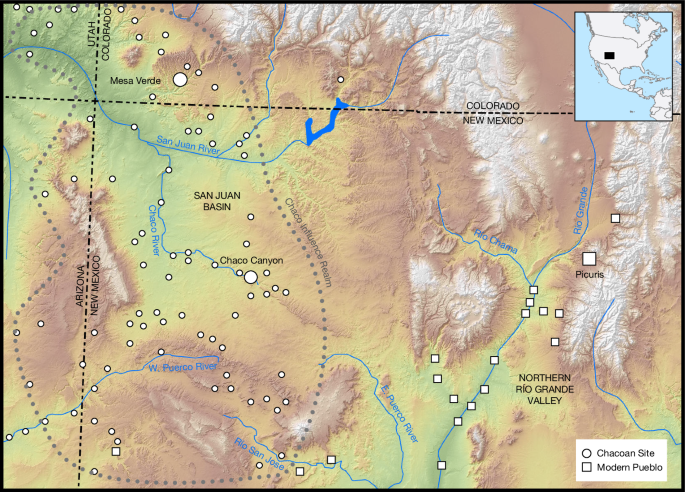Bridging Past and Present: Understanding Picuris Pueblo Through Genomics and Oral Histories





Ancient Connections: DNA Analysis and Cultural Narratives of Picuris Pueblo
This comprehensive exploration unveils the long-standing connections within the Picuris Pueblo through DNA analysis and cultural narratives, revealing a millennium of continuous occupation and genetic ties that span across the ancient Southwest.
The relationship between archaeologists and Picuris Pueblo has been a rich tapestry of collaboration since the early 1960s. This fruitful partnership began under the guidance of Dr. Herbert Dick, who initiated a groundbreaking project with the backing of the U.S. National Science Foundation. It was an enterprise that united the community of Picuris Pueblo with archaeologists, palynologists, zooarchaeologists, and a myriad of other specialists to peel back the layers of time and explore Picuris' ancestry.
The excavations that followed uncovered a wealth of history. These ventures saw the careful excavation of over 113 surface rooms, 13 kivas, and extensive trenching that stretched over 1,660 feet, revealing remnants of communities dating as far back as 900 CE or earlier. This grand undertaking unearthed over a million artifacts, each a thread in the complex fabric of Picuris' past. Many of these precious pieces now reside in the Picuris Museum, a monumental space dedicated in 1969 to preserve and present their cultural heritage.
In the spirit of repatriation and reverence for their ancestors, all human remains were respectfully returned to Picuris Pueblo following the 1990 Native American Graves Protection and Repatriation Act. This included remains from Pot Creek Pueblo, an important ancestral village of the Picuris, strikingly located on the campus of Southern Methodist University in Taos, New Mexico. In an unexpected twist of history, 2018 saw the revelation of additional curated remains within a forgotten storage space, reigniting conversations about possible genetic ties to other Pueblo communities, specifically Chaco Canyon's Ancestral Pueblo populations.
These discussions paved the way for a modern collaboration between the Picuris community, scientific bodies such as the Centre for GeoGenetics, and academic institutions including SMU. This partnership was groundbreaking not just for its scientific insights but also for its ethical foundations, ensuring that the Picuris Pueblo tribal leadership maintained full governance over their genetic data, a focal point of respect for their sovereignty and heritage.
This excavation of not just artifacts, but genealogical curiosity, struck a chord with contemporary Picuris members. It tantalized and piqued their interest in how these revelations might inform modern challenges in health and medicine, marrying ancient lineage with the needs of the living community. Beyond academic papers, this narrative threads through Picuris' lives, guiding future generations toward understanding the intimate dance between history, identity, and modern science.
Picuris Pueblo's traditional knowledge offers intriguing connections to Chaco Canyon, highlighted by co-author Richard Mermejo's insights. He emphasizes the links between Picuris traditional racetracks and the "Chaco roads," a testament to the region's dynamic cultural interactions. Notably, a renowned raceway connected Picuris with Jicarita Peak—entrusted with profound spiritual significance and historical importance. This pathway was indispensable for ceremonial races until the mid-20th century when fencing disrupted access.
Another essential raceway journeyed to Ojo Caliente and beyond, reaching into the Chaco lands, linking to both lithic sources and cultural heritage. Additionally, specific kiva symbols excavated by Herbert Dick echo symbolic connections with Chaco Canyon, an integral element of Picuris' ancestral narrative. These traditional pathways served not merely as routes for travel but as spiritual corridors connecting sacred landscapes across vast distances.
Picuris Pueblo stands as a historical beacon in the northeastern landscapes of ancestral Pueblo territories. While agrarian lifestyles flourished south and west earlier, the Northern Rio Grande experienced this cultural transition around 900 CE. Evidence, such as surface rooms, kivas, and midden deposits, underscore its ancient occupational splendor. Excavations directed by Dr. Herbert Dick unveiled over a million artifacts, capturing daily life spanning millennia.
The research into Picuris Pueblo unveils a timeline marked by temporal phases identified through ceramic findings, which date back to approximately 900 CE. These intricate ceramics provide a chronological framework for the site's occupation and evolution. Among the remarkable excavations of surface rooms, archaeologists have uncovered nine ancient individuals, emanating from time frames between 1615 CE and 380 radiocarbon years BP. These findings give us illuminating glimpses into the life of the Pueblo before European contact.
The archaeological evidence distinguishes Picuris Pueblo from contemporary settlements like Chaco Canyon, known for their grand multi-story stone and adobe structures. By contrast, the Chacoans' renowned Pueblo Bonito, with its 800 structures, sprawls out as a marvel of ancient engineering. The Chaco regional system woven into a vast network spanning over 115,000 square miles was not mirrored along the Rio Grande, imparting unique distinctions in material culture between these two ancient civilizations.
Nevertheless, the genetic ties between individuals from Chaco Canyon's burials and the ancestors of today's Picuris Pueblo underscore a connection that defies the absence of shared architectural traditions. Amidst these discoveries, the earliest Picuris individual dating back to 473 CE predates the formal establishment of Pueblo settlements, offering us a lens into a human landscape shaped by ancient foraging and horticulture practices in the Northern Rio Grande.
The genetic exploration of Native American heritage, especially within the North American Southwest, uncovers a tapestry woven with historical nuances. Initial blood group studies, some dating back to the 1930s, offered glimpses into population diversity. However, the true renaissance in understanding came post-1985, when ancient DNA methods unlocked doors to past lives. Through mitochondrial DNA revelations and Y-chromosome insights, studies spotlighted the intricate ancestry interwoven with North America's cultural groups, shedding light on ancient connections and contemporary identities.
An exciting aspect of this research has been the analysis of mitochondrial DNA from ancient individuals. This analysis, involving haplogroups A2f, B2, B2a, B2f, and C1b11, identifies genetic ties extending across southwestern sites. The continuity of these haplogroups in modern Picuris people is a testament to the resilience and enduring presence of their ancestors over the centuries.
Particularly striking is the discovery within the mitochondrial data connecting the Picuris closely to the famed Chacoan matrilineal clusters, underscoring a shared ancestry and offering compelling genetic evidence of ancient relationships and migratory paths. Through sophisticated methods, researchers confirmed that ancient Picuris individuals shared mitochondrial haplogroups with their Chaco Canyon counterparts, corroborating oral histories of ancestral linkages.
Northern Tiwa, the language of Picuris Pueblo, forms part of the Kiowa-Tanoan family, sharing close ties with neighboring Taos Pueblo. Despite subtle dialectical differences, mutual comprehension underscores historical intersections that resonate with oral traditions recounting shared ancestry. Picuris and Taos are linchpins in the Northern Tiwa-Towa linguistic lineage, connecting them intimately to long-standing cultural narratives that stretch back to early agrarian communities.
The linguistic evidence supports the archaeological and genetic findings, creating a multifaceted picture of cultural continuity. Language preservation efforts within the Picuris community have ensured that traditional knowledge, including stories of ancestral connections and migration patterns, continues to be transmitted across generations. These oral traditions often align remarkably well with the scientific evidence emerging from archaeological and genetic studies.
Archaeological models propose fascinating theories about the origins and migrations that shaped the Northern Rio Grande populations. From Southern origins, theorizing a divergence of proto-Tiwa peoples, to hypotheses involving multi-ethnic enclaves and Northern dispersals, these models reflect a complex interplay of cultural threads weaving through time. Despite varying regional artifacts and architectural markers, the genetic continuity discerned at places like Picuris grounds these ancestral narratives in enduring kinship across time and terrain.
The meticulous recovery and documentation of grave goods, like beautifully made ceramics and intricate painted kiva motifs, further emphasize the cultural connections to the Chacoan people and the spiritual landscape that the Picuris navigated. These artifacts are not just relics of the past but are essential in telling the stories of social and spiritual life within and beyond the confines of Picuris Pueblo.
The fascinating insights from Picuris Pueblo, a thriving hub of culture and history in the northeastern stretches of New Mexico, reveal the riveting history of population continuity in the North American Southwest. Through a combination of oral history and cutting-edge genomic research, the Picuris Pueblo community has provided crucial evidence to support the interconnectedness of ancient and modern populations in this region.
The genetic diversity uncovered among current Picuris members reveals a complex but continuous lineage, enriched by later interactions with neighboring tribes and European settlers. This collaborative ethos served not only scientific progress but community healing and empowerment, anchoring the Picuris legacy firmly within the narrative of the American Southwest's rich prehistoric tapestry.
A crucial facet of this endeavor is the active involvement of Picuris Pueblo at every stage of the research. This robust collaboration with scientists ensures that the research aligns with the community's wishes and scientific aims. The return of ancestral remains for reburial was a profound act of respect to ancestral lineage and communal sovereignty.
The project exemplified proactive community engagement by allowing Picuris Pueblo to exercise sovereignty over its genetic heritage, steering the research to align with cultural values and ethical research practices. Such community-driven scientific projects not only enhance our understanding of historical inhabitants of the American Southwest but also celebrate the crucial link between past and present, enriching the cultural heritage and identity of the Picuris Pueblo.
This intriguing genetic study stands as a celebrated model for ethical collaboration, archaeological excellence, and a testament to the enduring legacies of the First Peoples of North America. From the whispering winds of their ancient raceways to the bustling vitality of their modern community, the Picuris story continues to unfold as one of North America's most culturally significant narratives.

Comments